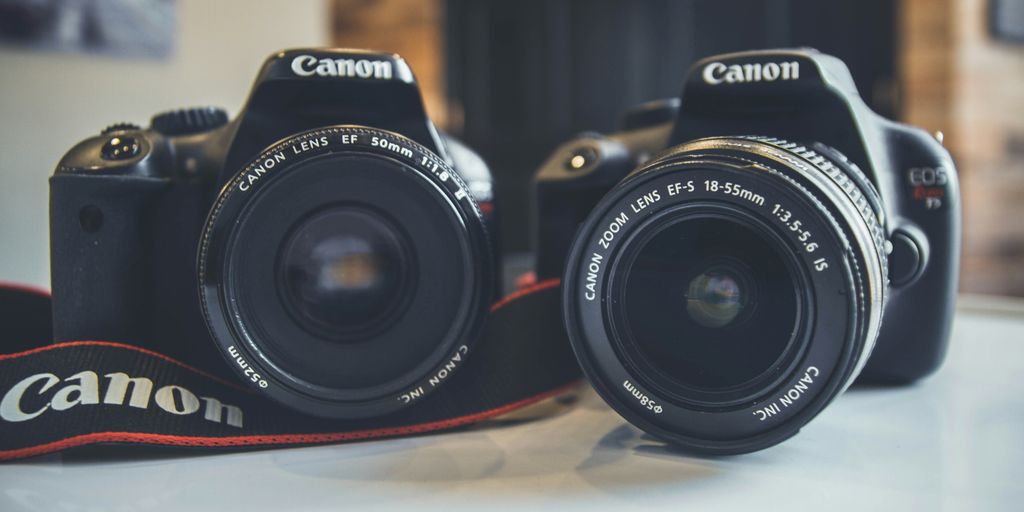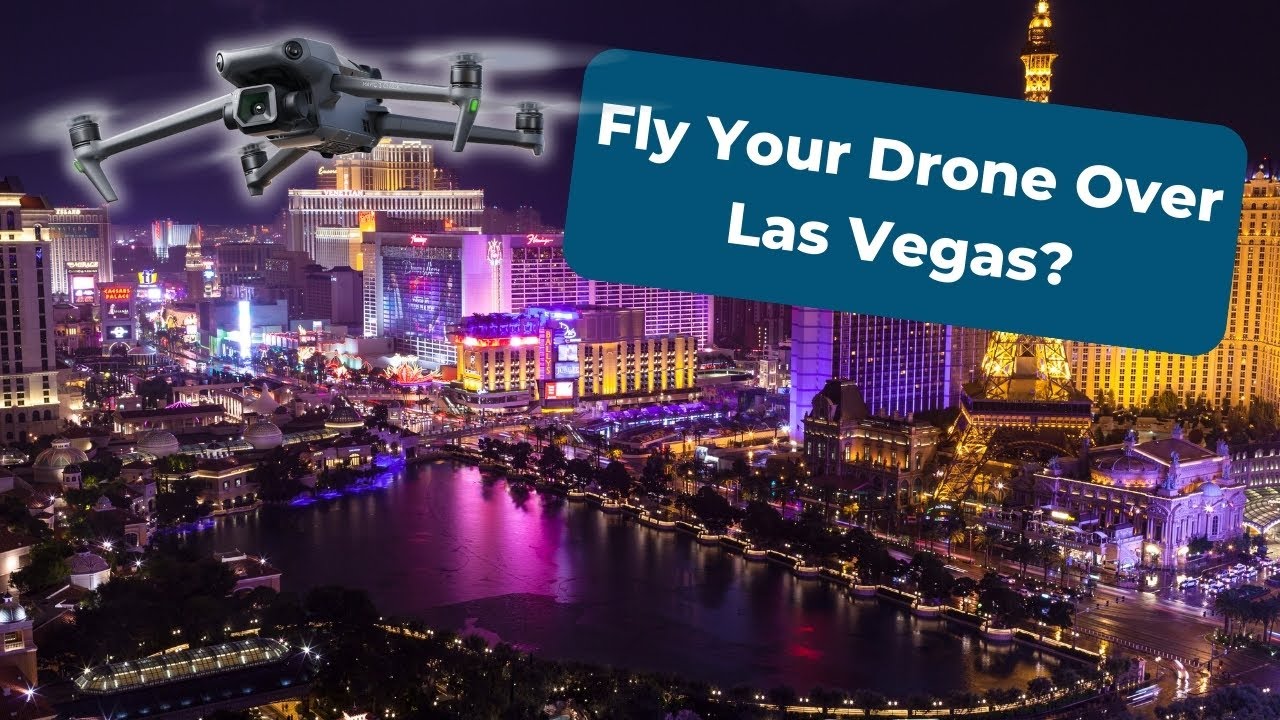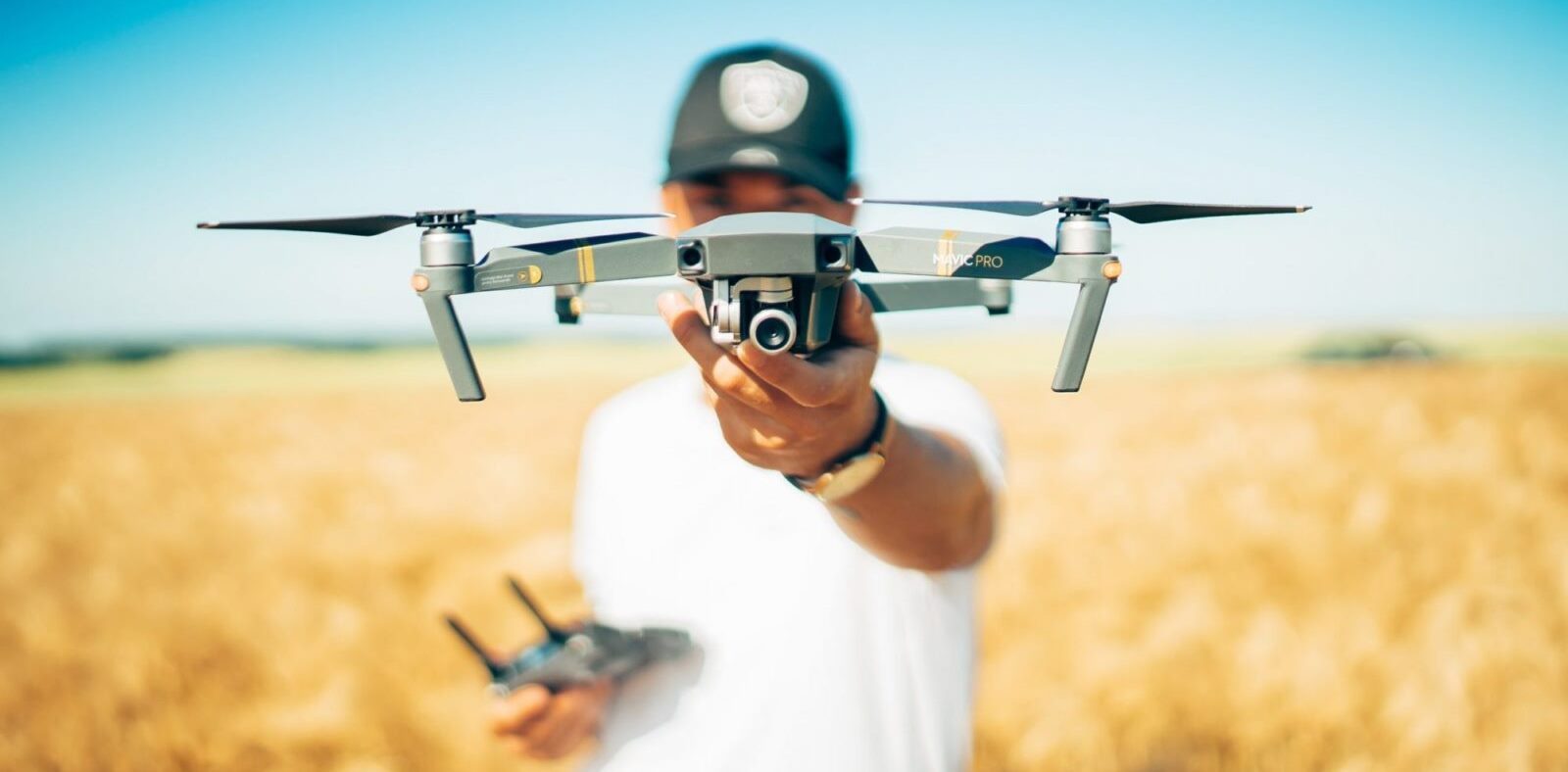
Capturing the Skies: The Journey of a Drone Photography Company. In modern technology, drones have emerged as transformative tools, reshaping industries and redefining our perception of the world. Aerial photography, once limited to skilled pilots and expensive equipment, is now more accessible through user-friendly drone technology. Drones equipped with high-resolution cameras and intelligent flight capabilities enable photographers to capture breathtaking perspectives once reserved for the realms of imagination. This article examines the journey of a drone photography company, from the emergence of drone photography to the challenges and opportunities it presents in the industry, and ultimately, the delivery of high-quality drone photography services.
Key Takeaways
- Drone photography has become increasingly accessible with the development of user-friendly drone technology.
- Advancements in drone technology have enabled photographers to capture breathtaking perspectives.
- Starting a drone photography company involves selecting the right equipment, obtaining the necessary licenses and permits, and assembling a skilled team.
- The challenges of the drone photography industry include navigating legal and regulatory frameworks, competition, and expanding into new markets.
- Delivering high-quality drone photography services requires planning and executing aerial shoots, post-processing and editing techniques, and ensuring client satisfaction.
The Rise of Drone Photography

Exploring the Potential of Aerial Imagery
Aerial photography has taken off to new heights with the continued integration of drones. Drones equipped with high-resolution cameras and intelligent flight capabilities enable photographers to capture breathtaking perspectives that were once reserved for the realms of imagination. Imagine capturing sweeping landscapes, dynamic cityscapes, or even wildlife from a bird’s-eye view. Drones provide a unique vantage point, adding a layer of cinematic grandeur to visual storytelling. As regulations evolve and technology advances, the marriage between drones and photography is set to soar to new heights
Applications of Drone Photography
Drones equipped with high-resolution cameras and intelligent flight capabilities enable photographers to capture breathtaking perspectives once reserved for the realms of imagination. Imagine capturing sweeping landscapes, dynamic cityscapes, or even wildlife from a bird ‘s-eye view. Drones provide a unique vantage point, adding a layer of cinematic grandeur to visual storytelling.
- Capture sweeping landscapes
- Explore dynamic cityscapes
- Observe wildlife from a bird’s-eye view
As regulations evolve and technology advances, the marriage between drones and photography is set to soar to new heights
Starting a Drone Photography Company

Choosing the Right Equipment
When starting a drone photography company in Las Vegas, choosing the right equipment is crucial for capturing high-quality aerial imagery. Here are some key considerations:
- Drone: Select a drone that suits your specific needs, such as a lightweight and portable option for easy transportation during travels. Opt for a model with a 3-axis gimbal to stabilize your camera and eliminate shakes and jitters.
- Remote Controller with Built-in Screen: Enhance your piloting experience with a remote controller featuring an integrated screen. This allows you to view your live feed, adjust settings, and monitor your flight path in real-time.
- Drone Landing Pad: Use a lightweight, foldable landing pad to ensure smooth take-offs and landings on unpredictable terrain. It provides a stable surface and protects your drone from damage.
- Spare Props: Pack 2-3 extra pairs of drone props to avoid being grounded by a broken blade mid-flight.
- ND Filters: Overcome bright and harsh lighting conditions using neutral density (ND) filters. These filters reduce the amount of light entering the camera, thereby improving the overall quality of your aerial shots.
Choosing the right equipment is essential for delivering professional drone photography services. It enables you to capture stunning aerial imagery and provide high-quality results to clients.
Obtaining Necessary Licenses and Permits
To fly a drone for non-recreational purposes, it is essential to obtain a drone license. It might initially seem unnecessary. The certificate, obtained under Part 107, is required for commercial drone operations. Drone license preparation courses offer unlimited lifetime access, which may initially seem unnecessary; however, this feature can be particularly valuable. However, these courses serve multiple functions beyond just passing the exam. Under the new FAA Part 107 rules, certified Remote Pilots no longer need to sit for a recertification exam. Are you planning to fly for non-recreational purposes? Ensure that you register your drone and obtain a drone license.
Building a Skilled Team
Building a skilled team is crucial for the success of a drone photography company. It is important to find individuals skilled in operating drones and with a strong understanding of photography and videography. Collaboration is critical in this industry, so finding team members who can work well together and communicate effectively is essential.
One way to build a skilled team is to identify potential partners, such as photographers, real estate agents, construction companies, or surveyors, who can benefit from your drone services. You can expand your network and tap into new markets by forming partnerships. Networking events and industry conferences are great opportunities to meet potential partners and team members.
Additionally, it is essential to invest in training for your team. There are various online courses and resources available that can help improve their skills and knowledge in drone photography. Some courses offer specialized training in aerial cinematography, mapping, surveying, inspection, and monitoring.
To ensure your team’s success, it is essential to provide ongoing support and mentorship. This can include regular training sessions, feedback and guidance, as well as opportunities for professional development. By investing in your team, you can create a solid and talented workforce that will contribute to the growth and success of your drone photography company.

Navigating Legal and Regulatory Frameworks
When operating a drone photography company, navigating the legal and regulatory frameworks that govern the industry is crucial. Compliance with these regulations ensures the safety of operations and protects the company from potential legal issues. Some key aspects include obtaining the necessary licenses and permits, adhering to flight restrictions and privacy laws, and understanding the specific regulations in different locations.
To help drone photography companies stay informed and compliant, resources provide information on legal restrictions, potential risks, and practical implementation strategies. For example, websites like www.droneregulations.com offer comprehensive guides on drone laws and regulations in various countries. Additionally, industry associations and forums can provide valuable insights and updates on the evolving legal landscape.
Drone photography companies must stay current with regulatory changes and adapt their practices accordingly. By doing so, they can ensure smooth operations, maintain a positive reputation, and continue to provide high-quality services to their clients.
Competition in the Market
Companies face numerous challenges in the highly competitive drone photography industry as they strive to differentiate themselves and attract clients. One effective strategy is to offer unique services that differentiate them from their competitors. This could include specialized aerial photography techniques, innovative post-processing and editing techniques, or additional services such as 3D mapping or thermal imaging. By offering a diverse range of services and constantly staying updated with the latest trends and technologies, drone photography companies can stay ahead of the competition and meet the evolving needs of their clients.
Expanding into New Markets
Expanding into new markets is crucial for any drone photography company looking to grow and thrive. By venturing into untapped territories, companies can tap into new client bases and increase their revenue streams. However, expanding into new markets also comes with its challenges. Companies must conduct thorough market research to understand the demand for drone photography services in the latest market and identify potential competitors. Additionally, companies may need to adapt their marketing strategies and tailor their services to cater to the specific needs and preferences of the new market.
Delivering High-Quality Drone Photography Services

Planning and Executing Aerial Shoots
When it comes to planning and executing aerial shoots, there are several key factors to consider:
- Location Scouting: Before an aerial shoot, it’s important to scout the location to identify the best vantage points and potential obstacles. This ensures that you capture the most captivating aerial shots.
- Shot Planning: Plan your shots to ensure a variety of angles and movements. Experiment with different camera angles and movements to add interest to your footage.
- Post-Production Techniques: After the shoot, utilize industry-standard tools such as Adobe Lightroom, Adobe Photoshop, and PTGui to refine and enhance your aerial images.
- Continuous Improvement: Take the time to review your footage and analyze your piloting techniques. Identify areas for improvement and set goals for your future aerial shoots.
Remember, planning and executing aerial shoots require combining technical skills and creative vision to capture stunning aerial imagery.
Post-Processing and Editing Techniques
Post-processing and editing techniques enhance the quality and visual appeal of drone photography. Photographers can refine aerial images to achieve optimal results using industry-standard tools such as Lightroom, Photoshop, and PTGui. These tools enable adjustments to exposure, color correction, and the removal of unwanted elements. Additionally, the course emphasizes the importance of post-production techniques in creating standout aerial imagery.
In addition to software tools, photographers can also utilize structured approaches to post-processing. One effective method is to use a Markdown table to present quantitative data concisely and in an organized manner. This can be useful for comparing different editing techniques or showcasing the results of image enhancements.
Furthermore, it is essential to follow best practices in post-processing to ensure client satisfaction. This includes maintaining a consistent editing style, paying attention to detail, and delivering the final images promptly. By implementing these techniques and approaches, drone photography companies can provide high-quality services that consistently meet their clients’ expectations.
Ensuring Client Satisfaction
Client satisfaction is the cornerstone of our drone photography company. We strive to exceed our clients’ expectations by delivering high-quality aerial imagery and exceptional customer service. Our team of professional drone pilots in Las Vegas is dedicated to providing stunning aerial images and high-quality video productions for various industries. We prioritize safety and adhere to FAA regulations to ensure our clients have a seamless and secure experience. Whether it’s mapping, videography, or aerial photography, we use advanced DJI drones to capture breathtaking shots that meet the unique needs of our clients.
Are you looking for high-quality drone photography services in Las Vegas? Look no further! Our website, Best Drone Services For Photography and Videography in Las Vegas, offers the best drone services in the area. With our state-of-the-art drones and experienced photographers, we guarantee stunning aerial shots that will capture the beauty of Las Vegas. Whether you need drone photography for real estate, events, or any other occasion, we have you covered. Visit our website today to learn more about our services and book your drone photography session. Don’t miss the opportunity to elevate your photography with our top-notch drone services!
Conclusion
In conclusion, integrating drones into photography has revolutionized how we capture the world from above. With user-friendly technology and high-resolution cameras, drones have made aerial photography more accessible and breathtaking. From sweeping landscapes to dynamic cityscapes, drones provide a unique vantage point that adds cinematic grandeur to visual storytelling. As regulations evolve and technology advances, the future of drone photography is set to soar to new heights, offering endless possibilities for equipped mentors and entDroYrats alike.
Frequently Asked Questions
What is drone photography?
Drone photography captures aerial images and videos using uncrewed aerial vehicles (UAVs), commonly known as drones.
What equipment is required for drone photography?
To engage in drone photography, you will need a drone equipped with a high-resolution camera, a remote controller, spare batteries, and a memory card.
Do I need a license to operate a drone for photography purposes?
Yes, in most countries, you must obtain a license or permit to operate a drone for commercial purposes, such as photography or aerial filming. Familiarizing yourself with the local regulations and obtaining the necessary certifications is essential.
What are the applications of a drone photography company?
Drone photography has various applications, including real estate photography, aerial surveying, cinematography, wildlife monitoring, and event coverage.
How can I ensure high-quality drone photography?
To ensure high-quality drone photography, it is essential to plan your aerial shoots, use proper camera settings, practice post-processing and editing techniques, and prioritize client satisfaction.
What are the challenges in the drone photography industry?
Some of the challenges facing the drone photography industry include navigating complex legal and regulatory frameworks, competing in the market, and expanding into new markets.





Comments are closed.